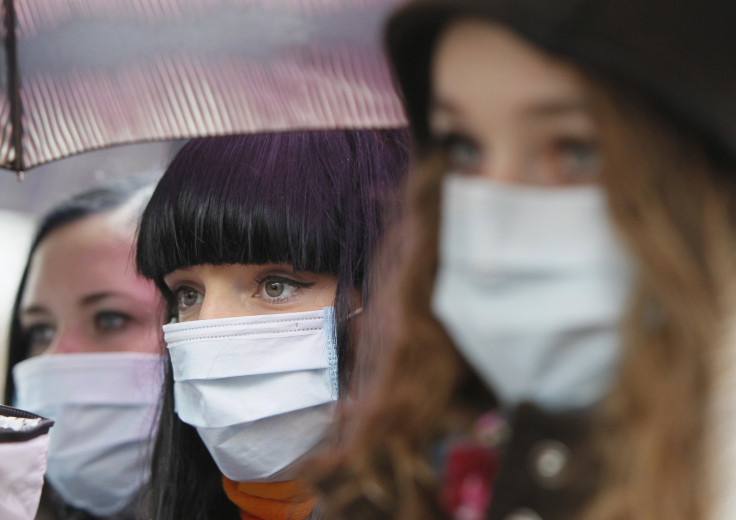How Many People Die From Tuberculosis? Epidemic Killing Millions, Disease Runs Rampant, World Health Organization Reports

Rates of tuberculosis around the world are not declining nearly fast enough, the World Health Organization (WHO) warned Tuesday. Governments previously agreed to terms that would end the worldwide tuberculosis epidemic but the goals are nowhere near being met. A 90 percent decrease in tuberculosis deaths and an 80 percent decrease in tuberculosis cases was laid out in the WHO's End TB goals and guidelines released in 2015.
"There must be a massive scale up of efforts or countries will contribute to run behind this deadly epidemic and these ambitious goals will be missed," said WHO Director General Margaret Chan.
Tuberculosis rates are even higher than previously projected thanks to the addition of new data from India. In 2015, 10.4 million cases of tuberculosis were reported resulting in 1.4 million deaths. Redoubled efforts saved 3 million lives in 2015 but the disease remains the leading infectious killer in the world.
Officials called for increased funding and bold political commitment to cut tuberculosis rates dramatically in its Tuesday statement. The disease is concentrated in a few areas including India, Indonesia, China, Pakistan, Nigeria, and South Africa, which combined account for 60 percent of all cases. Economic inequality in developing countries where the disease is rampant inhibits effective treatment and vaccination that would significantly reduce its prevalence. The WHO urged countries and governments to move much faster to prevent and treat it as cure rates for the disease leveled out.
2016 Global #Tuberculosis Report: 60% of #TB cases worldwide in just six countries in 2015 https://t.co/r4w50Kpxat pic.twitter.com/AUwmJviGQA
— World Health Organization (WHO) (@WHO) October 13, 2016
Only one in five people with tuberculosis were able to get adequate care in 2015, the WHO reported. This lack of sufficient treatment causes the disease to spread to epidemic proportions.
"To save lives now, we must get newly recommended rapid tests, drugs, and regiments to those who need them," said Dr. Mario Raviglione, Director of the WHO’s Global Tuberculosis Program. "Currently actions and investments fall far short of what is needed."
Investments in low-income and middle-income regions came in $2 billion short of the $8.3 billion needed in 2015.
To end the #tuberculosis epidemic by 2030, we need 90% reduction in TB deaths and 80% reduction in TB cases compared to 2015#EndTB pic.twitter.com/c8KRioyvmR
— WHO South-East Asia (@WHOSEARO) October 14, 2016
While tuberculosis, a disease caused by bacteria that manifests itself in the lungs, has always been spread throughout the world, it has a much lower infection and fatality rate in more industrialized countries thanks to vaccinations and available treatment. The disease spreads in the air from person to person and causes fever, cough, and chest pains. People with HIV are most susceptible to contracting the disease.
© Copyright IBTimes 2025. All rights reserved.






















